Using small bulbs in your garden
Small bulbs hit the spot.
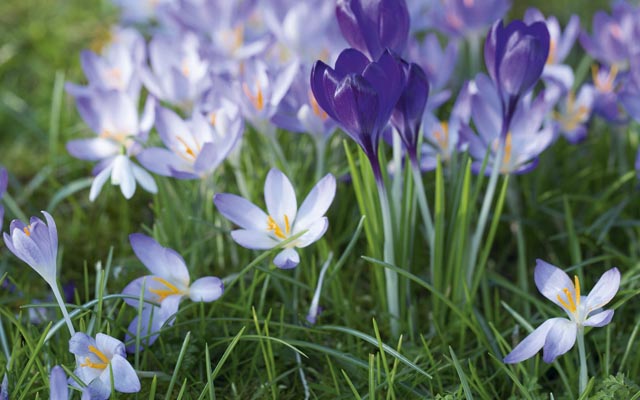

The days are lengthening and the first shoots are starting through the ground. Occasionally, spring is detectable on a warmish zephyr. It’s the time of year when small groups of people can be found huddled around small groups of flowers.
For the really committed, there is joy to be had in closely studying the many varieties of snowdrops (and, increasingly, aconites); if you choose different varieties, their season can last for months.
Galanthus elwesii Fred’s Giant is one of the first to come out and makes an excellent show of fat, white flowers under our red-stemmed dogwood in the Secret Garden. Its enormous bulbs (for a snowdrop) bulk up easily and, because it’s so early to flower, it is suitable for combining with the yellow winter aconite.
These two will be in flowerby mid to late January, depending on the season, and are joined by the best of late-winter flowers: the Iris reticulata group. They grow 3in–6in tall and, depending on the cultivar, their diminutive iris flowers are in various shades of blue and rich, deep purple (and also yellow in a few species), picked out with intricate markings.
The small bulbs can have a fairly complex parentage, but, as a group, they’re good value and easy to plant. Named forms of these irises thrive on our well-drained soil. Try Iris Gordon, an entrancing, winter-sky blue bloom with velvety, dark-blue tips. Slightly later is Harmony, with rounded cobalt-blue petals. We weave plantings of their bulbs around our snowdrops and beside the pale-lilac Crocus tommasinianus to good effect.
Iris Katharine Hodgkin has exceptionally even blooms and her bleached-denim flowers look excellent packed tightly together. Ours are in the Secret Garden (which isn’t very secret, but visitors often steam past it). They grow there with other flowers I like to get a close look at on a cold day. Alternatively, these gorgeous flowers do look beautiful when grown in terracotta pans to be appreciated near the house, perhaps on a low wall. I try to place groups of bulbs where the view is small and they can therefore be appreciated: en route from the garden into the house, for example.
Consideration of scent is vital in a spring planting and we would now not be without Skimmia x confusa Kew Green, a neat, evergreen low shrub with a generous perfume. We’ve added it to our woodland walk with winter-flowering Daphne odora Aureo-marginata for a succession of scent. For larger spaces, Lonicera fragrantissima is similarly powerful. Its small white flowers decorating bare stems add to the honey scent released by drifts of snowdrops on the banks. We tend to tuck this shrub away where its rather scruffy habit won’t detract from summer plantings.
Exquisite houses, the beauty of Nature, and how to get the most from your life, straight to your inbox.
Snowdrop enthusiasts are often excellent at creating remarkable woodland effects in cottage garden spaces and the best use of late-winter flowers I have seen is in such gardens, with bulbs concentrated under deciduous trees or shrubs. These gardens may not be open very often, except for charity, which reminds me that now is the perfect time to order the National Gardens Scheme Yellow Book (www.ngs.org.uk) or to see this year’s late-winter flowers.
With our gravel paths being regularly kicked up by winter boots, we’re often out raking and, recently, we’ve been trialling the Gillhams Gravel Rake (www.gillhamsgravelrake.com) on pea gravel in front of our long borders and across the ornamental bridge. It’s easy to use on wide, straight areas and the tines leave tidy tramlines. As a bonus, it’s excellent for freshening up old bark paths.
Ursula Cholmeley owns Easton Walled Gardens, open for snow-drop week, February 14–22 daily, 11am–4pm (01476 530063; www.eastonwalledgardens.co.uk). Small numbers of Galanthus elwesii Fred’s Giant are available via the online shop
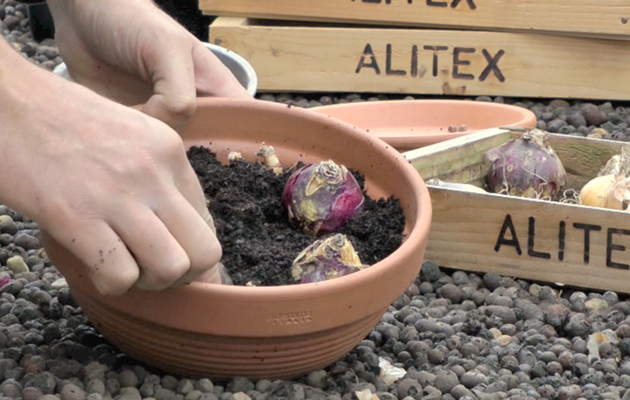
Alitex Series Video: How to pot bulbs for spring
Head Gardener at Hinton Ampner in Hampshire shows us how to pot bulbs in preparation for early spring flowers next
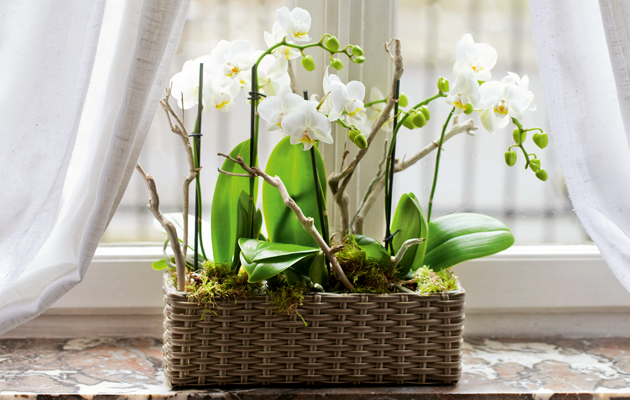
Return of the indoor gardener
Alan Titchmarsh hopes houseplants will make their way back into the nation's affections.
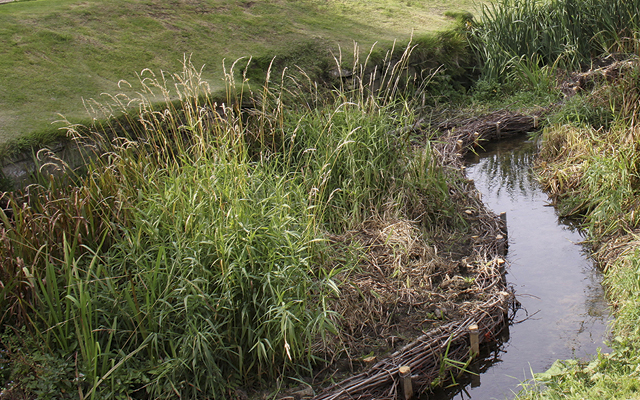
How to improve a stretch of river
A river provides sanctuary for fish, birds and insects. Ursula Cholmeley explains how to reinvigorate yours.
Country Life is unlike any other magazine: the only glossy weekly on the newsstand and the only magazine that has been guest-edited by HRH The King not once, but twice. It is a celebration of modern rural life and all its diverse joys and pleasures — that was first published in Queen Victoria's Diamond Jubilee year. Our eclectic mixture of witty and informative content — from the most up-to-date property news and commentary and a coveted glimpse inside some of the UK's best houses and gardens, to gardening, the arts and interior design, written by experts in their field — still cannot be found in print or online, anywhere else.
-
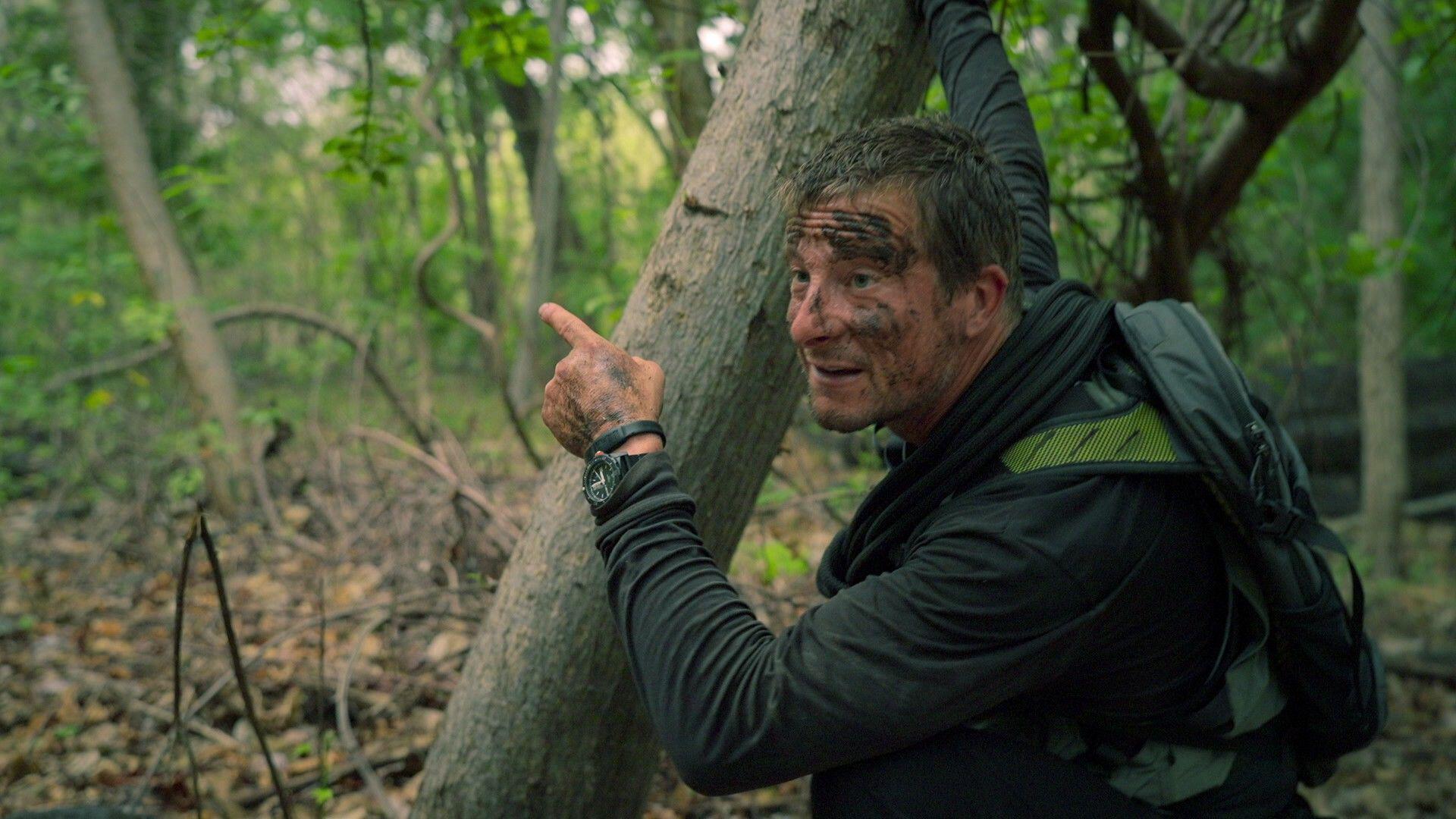 The real Bear Grylls: Country Life Quiz of the Day, July 2, 2025
The real Bear Grylls: Country Life Quiz of the Day, July 2, 2025Britain's longest pier is among the highlights of Wednesday's Quiz of the Day.
-
 What do 19th century rowers, Queen Victoria and Giorgio Armani all have in common? They helped to popularise the world's most versatile jacket — the blazer
What do 19th century rowers, Queen Victoria and Giorgio Armani all have in common? They helped to popularise the world's most versatile jacket — the blazerEveryone from royalty to rappers seems to have one in their wardrobe. Harry Pearson lists the merits of the blazer, a true sartorial team player.
